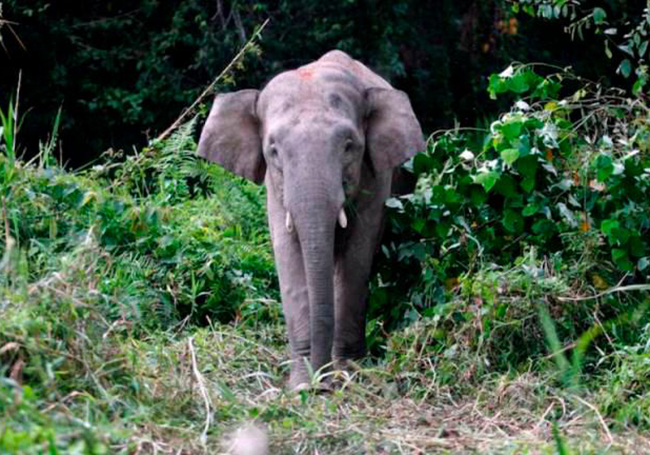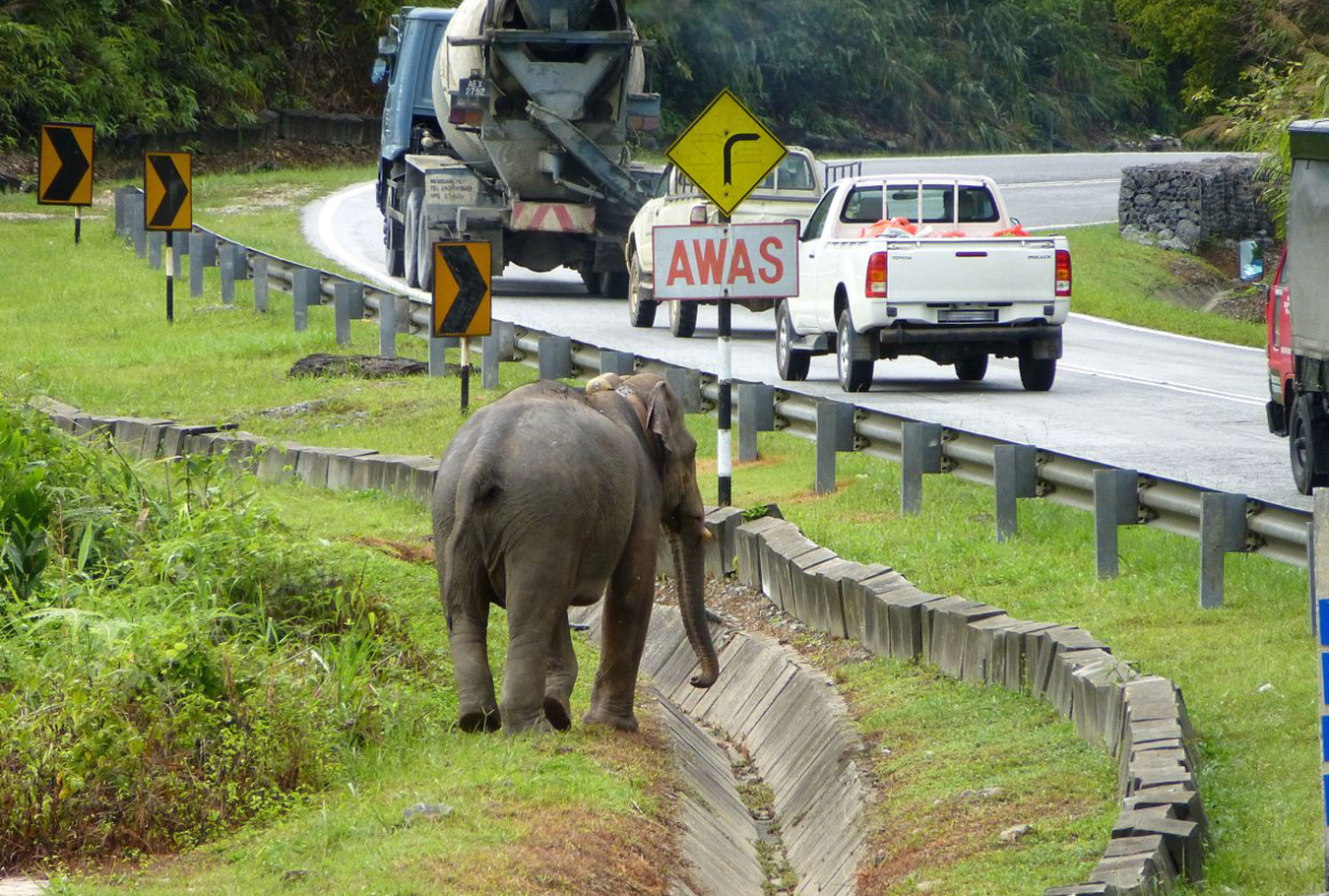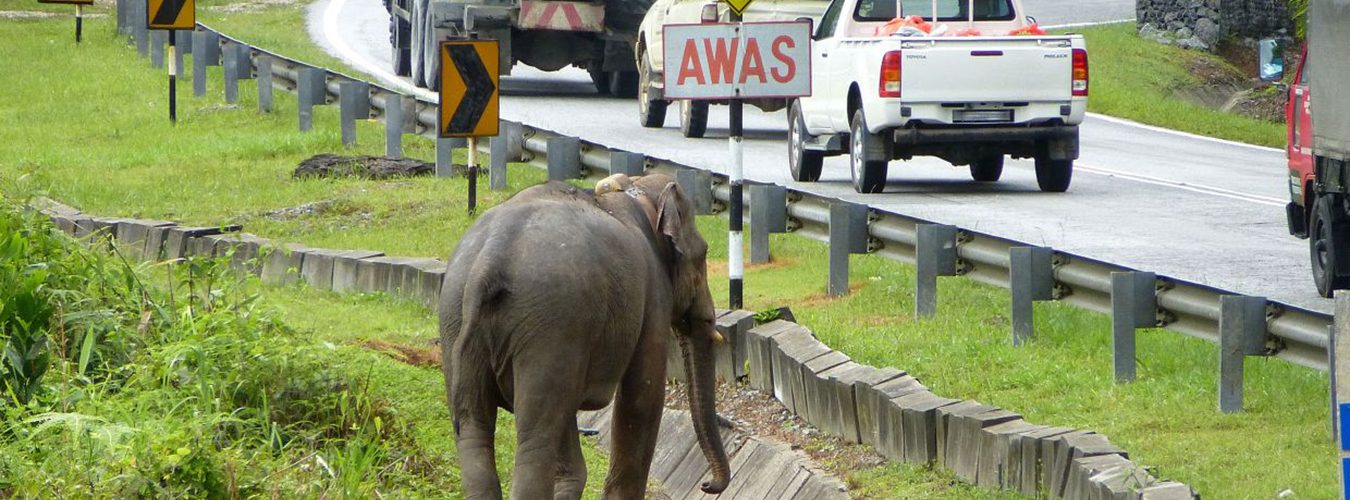
Elephants in Peninsula Malaysia are running out of space, as evidenced by frequent reports of human-elephant conflict (HEC) in the local media. HEC results from habitat loss and fragmentation, which are the main threats to elephants in Peninsula Malaysia.
Hemmed in from all sides, elephants meet many challenges: construction of dams and highways, intensive agricultural activities, conversion of lowland forests into oil palm and rubber plantations, logging activities, fragmented landscapes surrounded by crop fields, plantations, and new roads, the sprouting up of villages and cities.
These activities destroy the natural migration path and habitat of elephants. This competition brings humans and animals into close contact, negatively impacting both.
Animals often use traditional migratory routes. Cut off from these routes, animals stray into cultivated areas foraging for food, destroying crops, attacking livestock, and in extreme cases, killing humans resulting in retaliatory killings by farmers in defence of their livelihood and safety.

Elephant habitats or range areas that are near to or adjoin human settlements have led to an increasing confrontation between man and beast.
In most cases, elephants extend their range into human-dominated areas to feed on various cultivated food and cash crops that may entice the pachyderms, such as rubber saplings, oil palms, bananas, and other planted crops.
HEC is a persistent occurrence in many countries, including India, Sri Lanka, Bangladesh, Nepal, Indonesia, Malaysia, Vietnam, and Cambodia. HEC is a major concern among conservationists and state authorities.
The biggest threat to elephants in Malaysia is the massive clearance of rainforests leading to extensive HEC conflict. Such encounters often place elephants in a bad light, viewed as a nuisance and unfavourably described as “rogue elephants.”
There have been efforts to control the elephant population, including culling in the 1970s, which reduced the elephant population but became ineffective once the culling stopped.

Translocation was tried but was found to be costly and has the possible consequences of elephants dying during translocation due to stress or human error and extinction caused by inbreeding, as has happened in the Krau Game Reserve and the state of Perlis, Selangor and Negeri Sembilan.
Plantation owners have tried digging trenches which resulted in erosion. In some cases, elephants filled up the trenches with soil to enable them to walk into the plantation. Noises such as shouting, firecrackers, and shooting guns into the air temporarily redirect elephants.
The most effective deterrent is electric fencing, which is costly. Still, elephants have found their way onto plantations with electric fencing, as noted in the Air Banun Resettlement area in Gerik, in the state of Perak.
The Consumer Association of Penang (CAP) remains pessimistic about the future of our elephants, whose population is between 1,000 and 1,500 for the whole of Sabah and an estimated 1,564 to 1,674 individuals for Peninsular Malaysia.

There is an urgent need to protect and manage the elephants and alleviate the HEC challenges. Protecting their natural habitat is the best way to mitigate and manage HEC.
This could be done by preventing habitat fragmentation through wildlife linkages/corridors for species to migrate between available habitats and remaining forest patches through a less hostile environment.
For more effective mitigation techniques, there should be strong collaboration between experts and stakeholders, as well as the involvement of locals in land use planning and executing processes on a long-term basis. Human-wildlife conflict will never end as long as humans and animals share and compete for the same resources.











